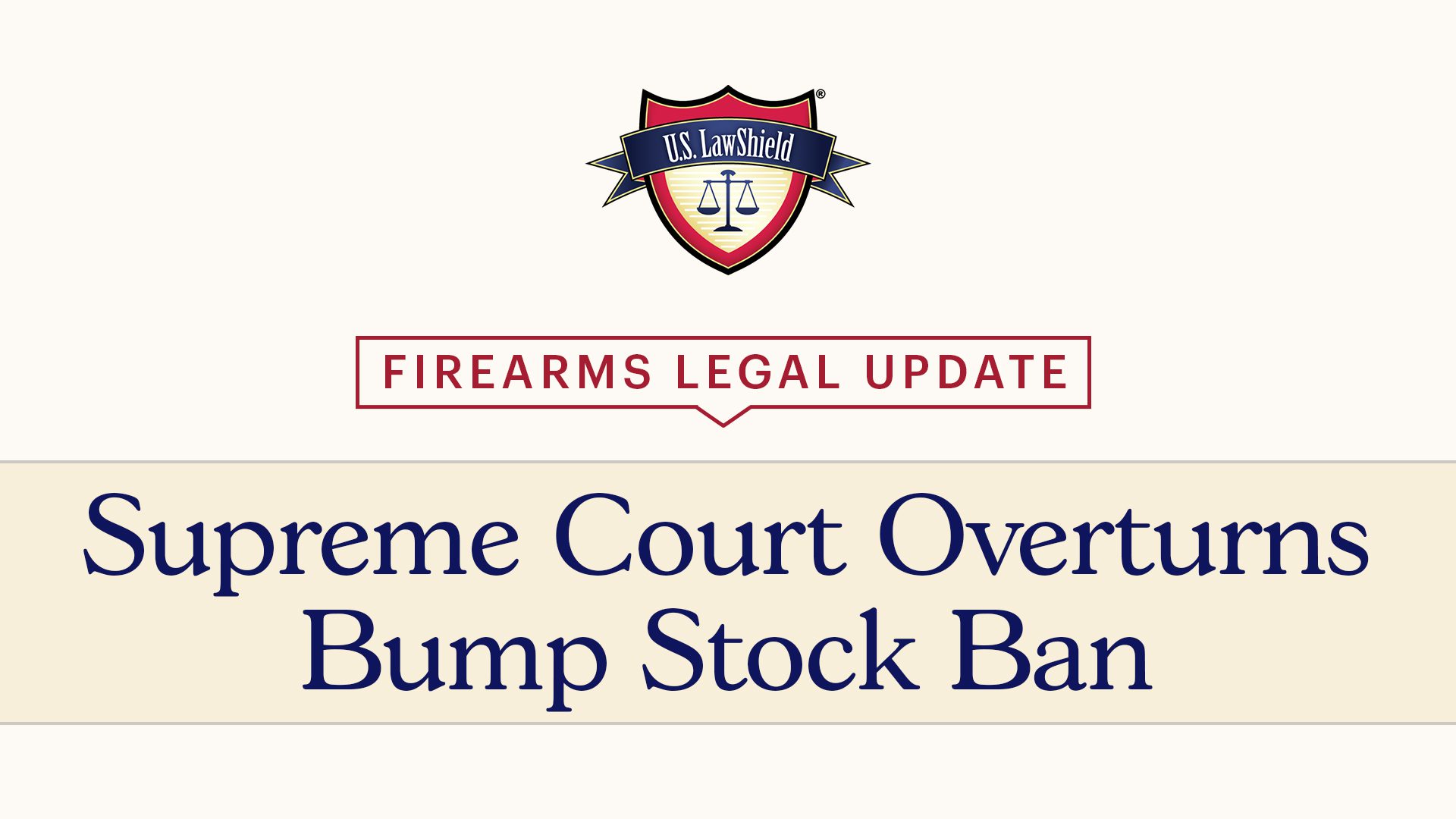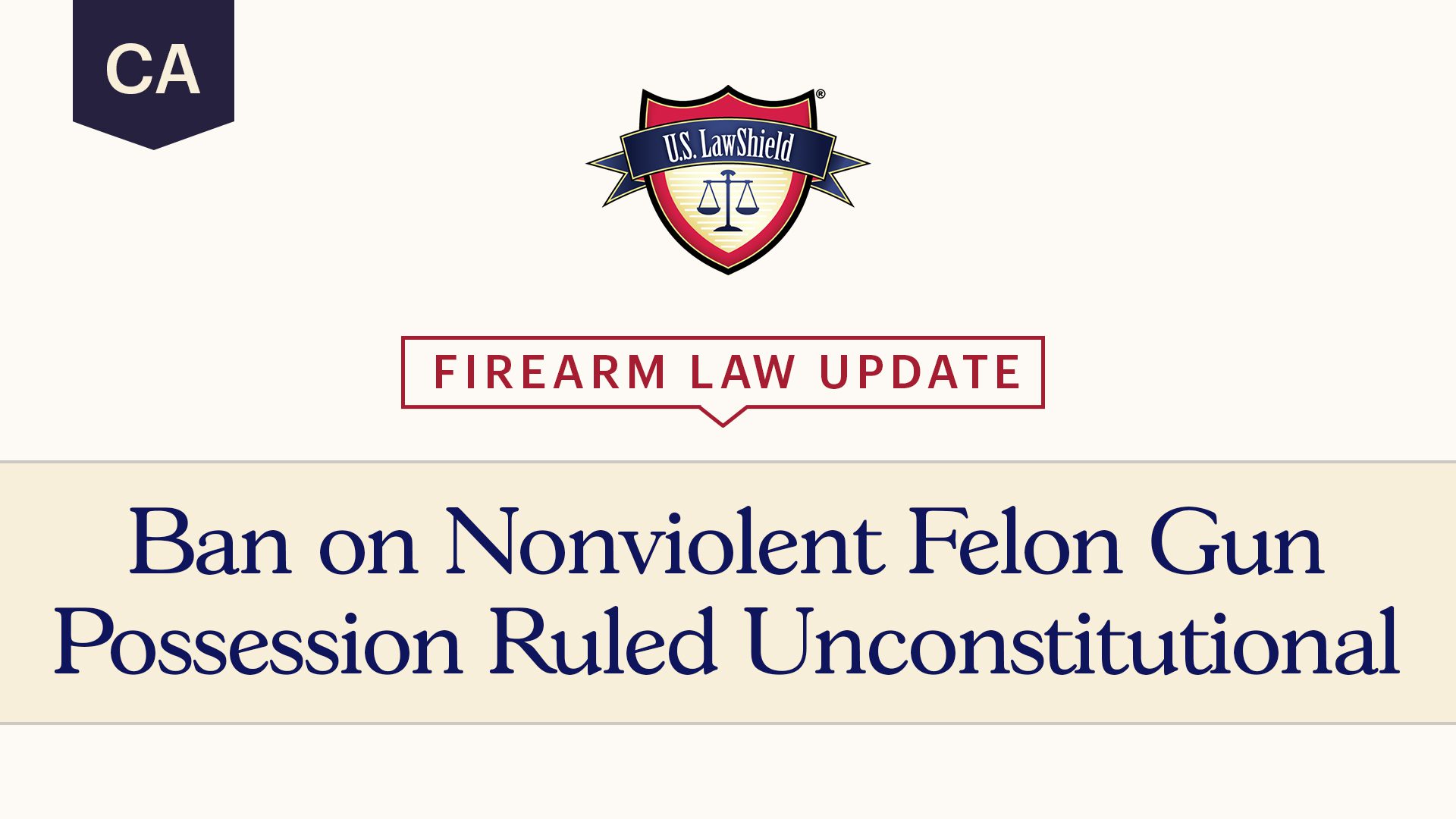
In California, it is a common misconception that self-defense protections pertaining to a person’s home extend beyond the home and onto the curtilage or onto the public property.
California law provides protections for the use of deadly force inside a person’s residence that would otherwise be unavailable outside of the home. The law also provides a homeowner with a right to “stand your ground” inside your home, meaning that one does not have a duty to retreat from such threat, even if a safe retreat was possible. Legal protections within the home are often referred to as the “Castle Doctrine.”
Let’s examine how California law applies to the use of deadly force in a person’s home.
What the Law Says
Unlike use of force in public, which is an affirmative defense a defendant may raise at trial after being charged with a criminal offense, California law goes one step further for home invasion matters and creates a presumption that a homeowner was in fear of death or great bodily injury in certain situations. As noted, California law does not require a person whose life is threatened within their residence to retreat from an intruder, even if that option is available.
Cal. Penal Code § 198.5 states “Any person using force intended or likely to cause death or great bodily injury within his or her residence shall be presumed to have held a reasonable fear of imminent peril of death or great bodily injury to self, family, or a member of the household when that force is used against another person, not a member of the family or household, who unlawfully and forcibly enters or has unlawfully and forcibly entered the residence and the person using the force knew or had reason to believe that an unlawful and forcible entry occurred.”
Presumptions
A presumption under the law simply means unless the State proves otherwise, the presumption applies. That is called a “rebuttable presumption.” Basically, the prosecution would have the burden of proof of negating the presumption. This is different from a law that provides immunity from prosecution for specific conduct.
If we break this statute down further, the law presumes a homeowner was reasonably afraid of death or great bodily injury if the following elements are present:
- An intruder unlawfully or forcibly entered, or was in the process of entering, the defendant’s home;
- The defendant knew about the illegal/forced entry into the defendant’s home;
- The intruder was not a member of the defendant’s household or family and/or had not been invited to enter; AND
- The defendant used force, or was reasonably viewed as threatening to use force, likely to cause death or great bodily injury to the occupants inside the home.
Self-Defense Outside the Home
There are several important distinctions here that extend additional protections to incidents that occur inside the home versus in public. First, this law automatically creates a presumption that the resident was reasonably afraid of death or great bodily injury if the above criteria are met. This is different than California’s affirmative defense that may be raised to defend against a charge involving the use of force in public, which requires the defendant to have a reasonable belief that he or she was in imminent danger, reasonably believed the immediate use of force was necessary, and used no more force than was reasonably necessary to defend.
Second, if a defendant is entitled to an instruction under Cal. Penal Code § 198.5, a prosecutor must overcome the presumption with sufficient evidence. This means that the prosecutor must prove that the defendant did not have a reasonable fear of imminent death or injury to himself or herself or to a member of his or her family or household, when he or she used force against the intruder because at least one of the above criteria was not true.
Additionally, note that California’s Castle Doctrine creates a presumption of fear of death or great bodily injury only when an intruder enters a residence. “Enters” is the operative word here, meaning the protections provided under this statute do not extend beyond the physical walls of the home. If the intruder remains on your lawn, or just close by, but does not actually enter the home or attempt to enter, then the Castle Doctrine would not apply.
An Example: People v. Johnnie Brown
For example, in People v. Brown, 8 Cal.Rptr.2d 513 (Cal. App. 1992), a homeowner was convicted at trial of assault with a deadly weapon after he shot and injured an intruder who came upon the defendant’s front porch, but did not actually “enter” the physical residence. The intruder raised a hammer into the air and was approaching the defendant on the front porch when defendant shot him in the leg. This case, again, shows that all cases involving a use of potentially deadly force are highly fact specific.
Upon being convicted, the defendant appealed. The California Court of Appeals for the Third District concluded the defendant was not entitled to a jury instruction under Cal. Penal Code § 198.5 because, “Although there was evidence that the victim’s entry onto the defendant’s front porch was unlawful and forcible, an entry onto a front porch…does not constitute entry into a residence as required…[U]nder these circumstances, a residential occupant does not have a reasonable expectation of protection from unauthorized intrusion onto the porch and thus an entry there does not entitle a defendant occupant to an instruction based on section 198.5. In this situation, the occupant is left with the standard instructions on self-defense.” Again, this meant that the burden of establishing “self-defense” was on the defendant, and obviously the jury rejected his claim.
The Bottom Line
Deadly force should always be used as a last resort due to a perceived threat to your life or someone else’s life that is both dire and immediate. Indeed, California requires as much. Even in the home, all incidents involving the use of deadly force will be thoroughly scrutinized based on the specific facts of each case. However, legal firearm owners in California should take some comfort in knowing that California law does recognize your home as your “castle” and extends additional protections to homeowners that use deadly force against intruders within their home. Again, even inside your castle, the use of force must be proportional to the nature and extent of the threat.
If you have any questions regarding gun laws or your rights, call U.S. LawShield and ask to speak with your Independent Program Attorney.
The preceding should not be construed as legal advice nor the creation of an attorney-client relationship. This is not an endorsement or solicitation for any service. Your situation may be different, so please contact your attorney regarding your specific circumstances. Because the laws, judges, juries, and prosecutors vary from location to location, similar or even identical facts and circumstances to those described in this presentation may result in significantly different legal outcomes. This presentation is by no means a guarantee or promise of any particular legal outcome, positive, negative, or otherwise.





Leave A Comment